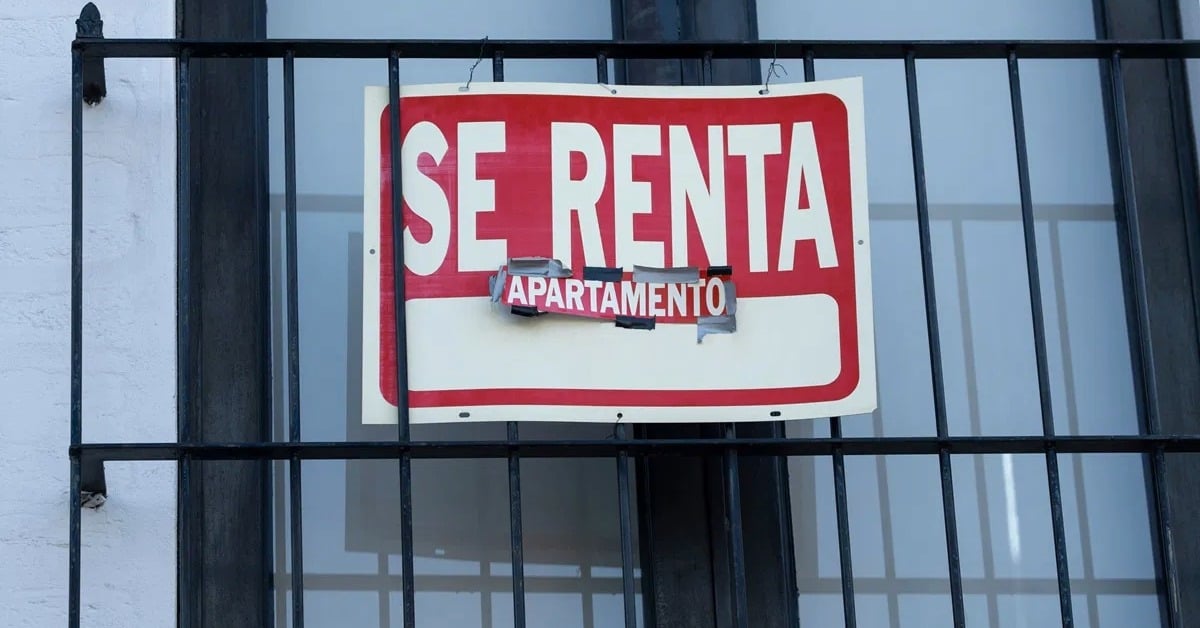Rent prices in Bahía de Banderas reached new heights, topping the country and outpacing Puerto Vallarta amid surging tourism demand . . .


Rent prices in Bahía de Banderas reached new heights, topping the country and outpacing Puerto Vallarta amid surging tourism demand . . .

